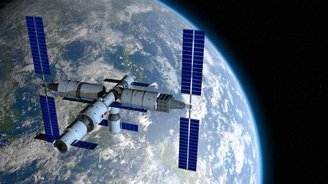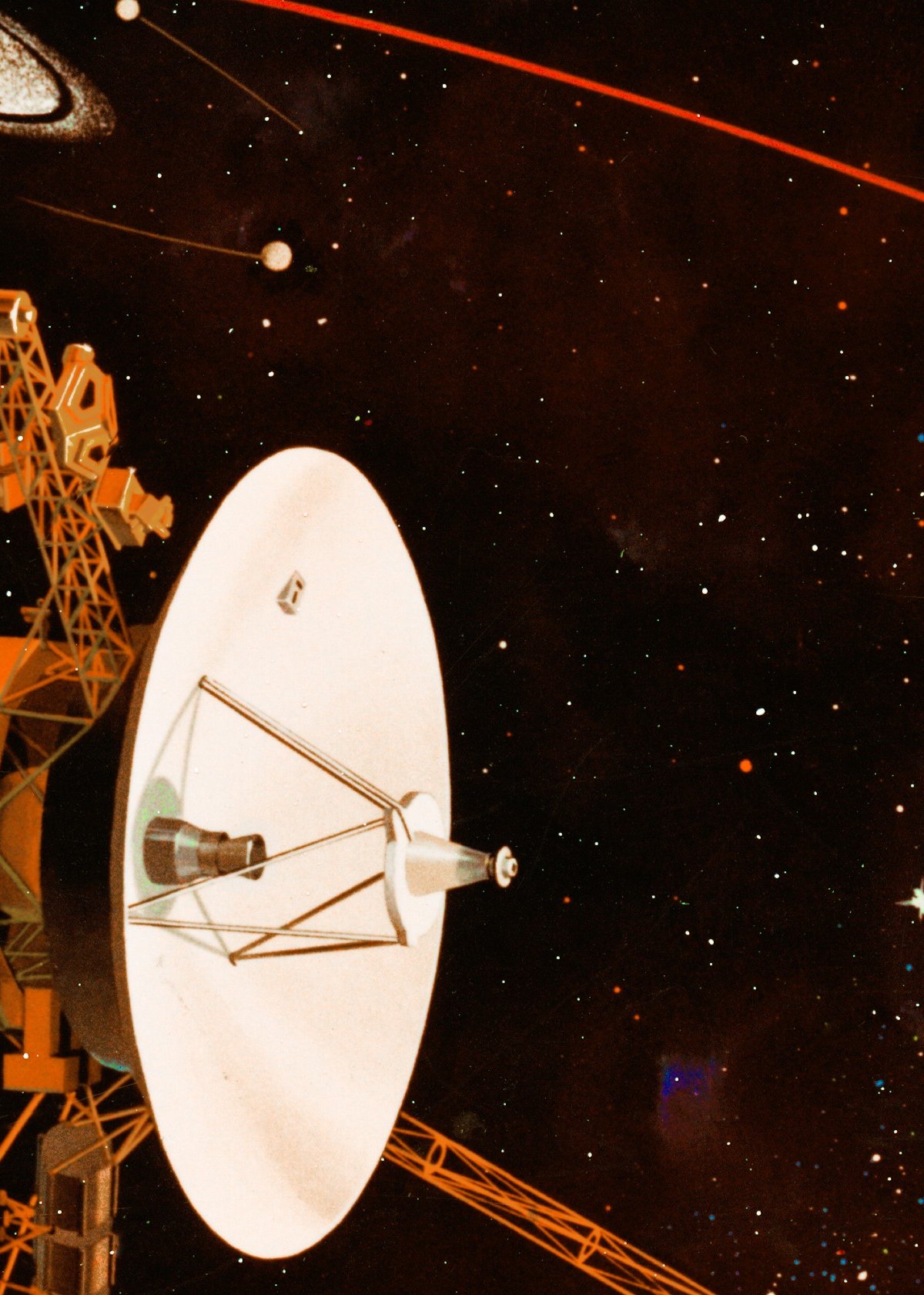You follow weekly on TecMundo latest astronomical studies and discoveries. We and our team #AstroMiniBRWe have selected the most relevant and curious news so that you are always aware of the latest news and mysteries about the cosmos. Check it out below!
1. Voyager 1 probe communicates with Earth
After the recent communication problems NASA’s Voyager 1 spacecraft resorted to using a backup radio transmitter that had been inactive since 1981.. The interstellar explorer experienced a brief communication pause after placing itself in a protective state to save energy.
This was triggered by a command sent by NASA’s Deep Space Network (DSN) (a global array of giant radio antennas) on the 16th of last month, instructing the spacecraft to turn on one of its heaters.
The mission’s flight crew first noticed something was wrong with Voyager 1 on October 18, when the spacecraft did not respond to the command. They later discovered that the spacecraft had turned off its primary X-band radio transmitter and instead switched to a secondary S-band radio transmitter, which uses less power, NASA said.
Voyager 1, launched in 1977, is more than 24 billion kilometers from Earth and, along with Voyager 2, is the only probe to reach interstellar space and continue to return data about this unexplored region.
2. A photo of the Sun every day
The time-lapse video you see below Presents an analemma, which is the curve that represents the Sun’s position in the sky throughout the yearalways recorded at the same time and place. This figure eight arises due to the combination of the tilt of the Earth’s axis and the planet’s elliptical orbit around the Sun. These two factors cause changes in the Sun’s altitude and position, which can be recorded at regular intervals to form analemmas.
To observe the analemma, It is necessary to photograph the Sun repeatedly throughout the year. The highest point of the analemma corresponds to the summer solstice, and the lowest point corresponds to the winter solstice.
The intersections of eight occur near the equinoxes, when the Sun is above the celestial equator. Such records help better understand the relationship between the Earth and the Sun and the apparent annual movement of the Sun across the sky.
3. Chinese astronauts return to Earth
Astronauts on China’s Shenzhou 18 mission returned to Earth on November 3, 2024, after a six-month mission aboard the Chinese space station Tiangong.
During their stay, the three crews, led by Commander Ye Guangfu, conducted scientific studies, including experiments with ancient microbes, and completed two spacewalks during which they deployed protective shields against space debris.

Shenzhou 18 landed safely in Inner Mongolia’s Dongfeng region, where the astronauts were greeted by teams with special equipment for post-flight monitoring. Before returning, Ye Guangfu formally transferred command of the station to the Shenzhou 19 mission team, ensuring continuity of operations at Tiangong.
The Chinese space station is in a low Earth orbit at an altitude of between 340 and 450 kilometers, approximately the same orbital altitude as the International Space Station (ISS).
Always stay up to date with astronomy curiosities on TecMundo! If you liked today’s #AstroMiniBR, share the article on your social networks and see you next Monday!
Source: Tec Mundo
I’m Blaine Morgan, an experienced journalist and writer with over 8 years of experience in the tech industry. My expertise lies in writing about technology news and trends, covering everything from cutting-edge gadgets to emerging software developments. I’ve written for several leading publications including Gadget Onus where I am an author.












